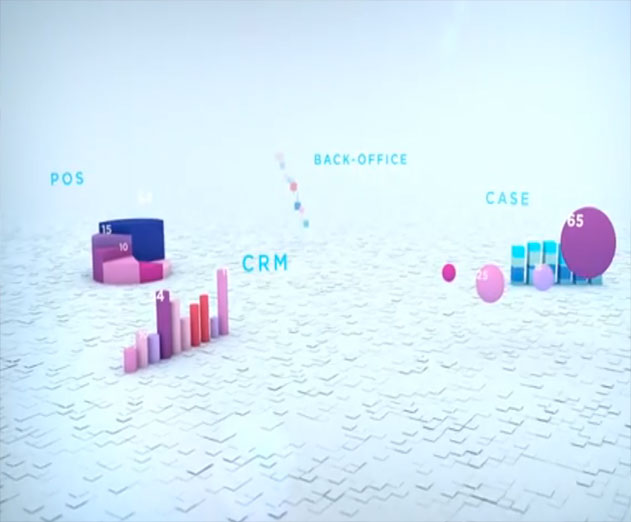Salesforce Introduces New Cloud Analytics Platform
Monday, October 13, 2014

|
Stuart Parkerson |
Salesforce has launched a new analytics platform named Wave - the Salesforce Analytics Cloud. Wave is a cloud analytics platform designed to allow companies to deploy sales, service and marketing analytics, or build custom mobile analytics apps, using any data source.
The Wave Analytics Cloud was developed to help companies explore any data source, uncover insights and take action from any device. Wave brings together a dynamic user experience, indexed search and a computing engine into a single, vertically-integrated cloud analytics platform.
Wave is designed for business users with its schema-free architecture, meaning data no longer has to be pre-sorted or organized in some narrowly defined manner before it can be analyzed. Business users can access and easily analyze billions of rows of data themselves, just as they do in popular consumer apps that empower them to explore and filter large amounts of data in seconds.
Business analysts can create mash-ups of relevant third-party data sources in a single dashboard, enabling users to identify data correlations. Wave also enables social collaboration where dashboards can be shared via Salesforce Chatter and new workflows and tasks can be triggered.
Wave’s user experience is optimized for both mobile phones and tablets. Wave delivers data through interactive dashboards, lenses and charts designed to help business users filter data, customize views and learn as they go. The Wave Analytics Cloud indexes every data source through high-speed query processing. This enables free-form navigation, allowing users to query data sets and continue refining their search.
Wave is natively integrated with the Salesforce1 Platform and shares the same single sign-on, data security and compliance features of the platform. This enables users to drag and drop data from Salesforce, including data from partner apps built on the platform, to deploy sales, service and marketing analytics apps. In addition, developers and IT can use Wave APIs and other data connectors to connect to third-party data sources - from structured SAP and Oracle data to unstructured machine and social data. And because Wave is a platform, developers can also build custom analytics apps for any business function, or embed analytics into apps and connected products.
The Wave Analytics Cloud will be generally available October 20, 2014 in English, with future additional language support. The Wave mobile app will initially be available on Apple iOS for iPhone and iPad, with additional device support coming soon. The Wave Platform license includes all compute, data management, API and security infrastructure.
Monthly subscription pricing for the Wave Platform is based on the number of Wave Explorer and Wave Builder licenses. The Wave Explorer license includes the ability to view, discover, personalize and share data insights and dashboards. Pricing starts at $125 per user per month. The Wave Builder license includes the ability to create, deploy and manage data sets, data connections and user access. Pricing starts at $250 per user per month.
Read more: http://www.salesforce.com/analytics-cloud/overview...

Become a subscriber of App Developer Magazine for just $5.99 a month and take advantage of all these perks.
MEMBERS GET ACCESS TO
- - Exclusive content from leaders in the industry
- - Q&A articles from industry leaders
- - Tips and tricks from the most successful developers weekly
- - Monthly issues, including all 90+ back-issues since 2012
- - Event discounts and early-bird signups
- - Gain insight from top achievers in the app store
- - Learn what tools to use, what SDK's to use, and more
Subscribe here




_cptybzmh.jpg)








